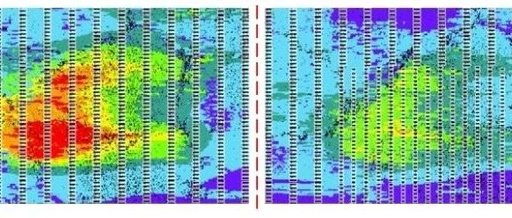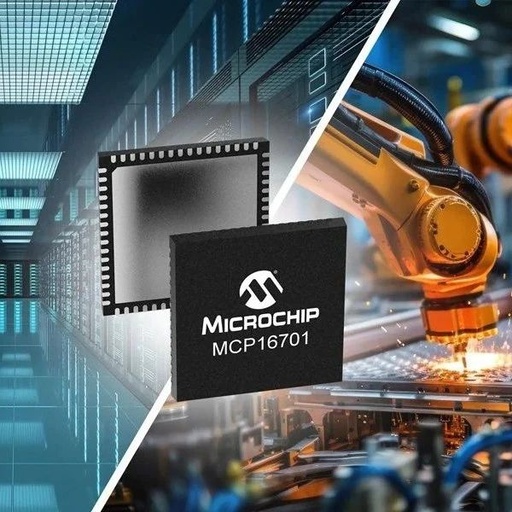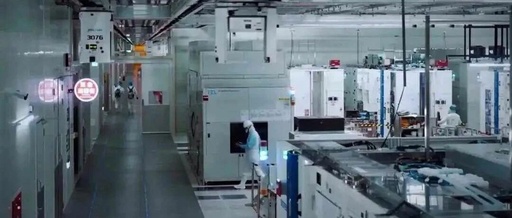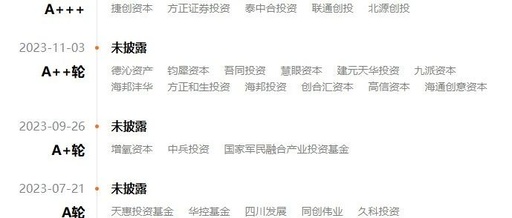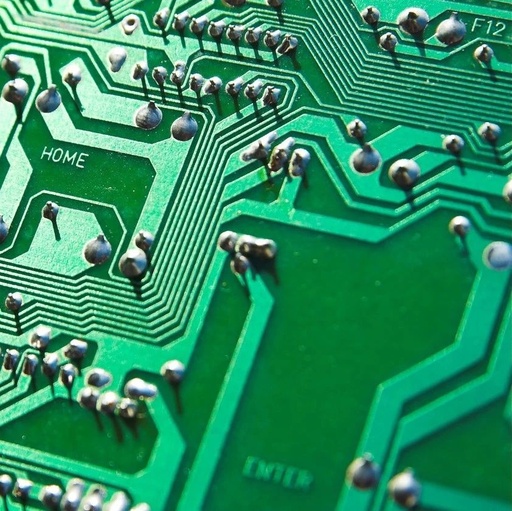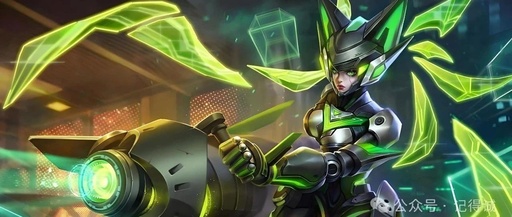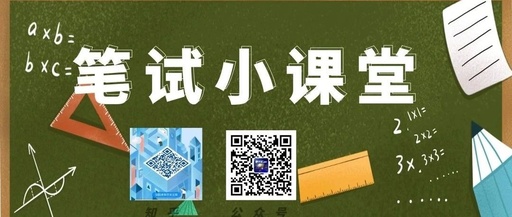Improvement of Dynamic IR Drop Performance in SoC Chip Power Design
The design of the power grid has a direct impact on chip performance and reliability. It is essential to ensure that the power grid provides sufficient power voltage to all transistors within the cells, allowing the chip to operate normally under all possible conditions within a certain noise tolerance. However, as technology shrinks, the threshold … Read more
